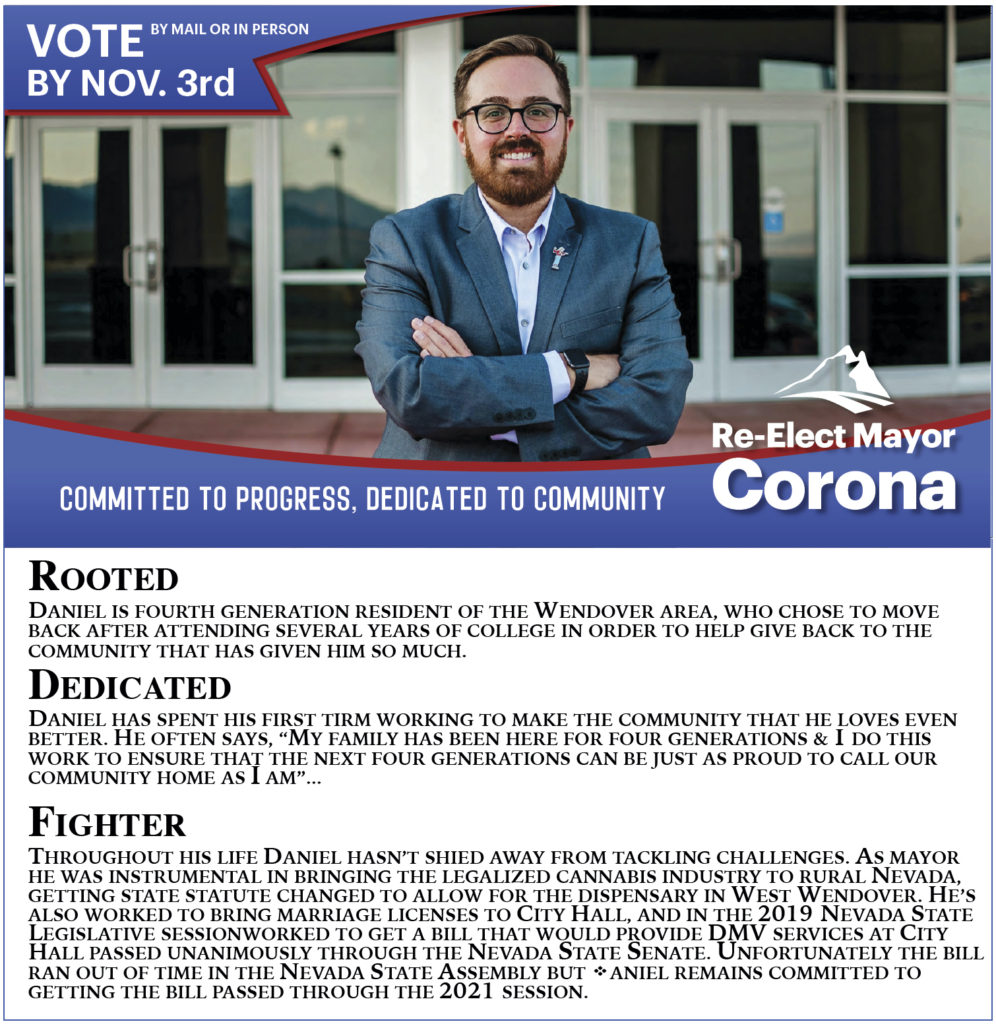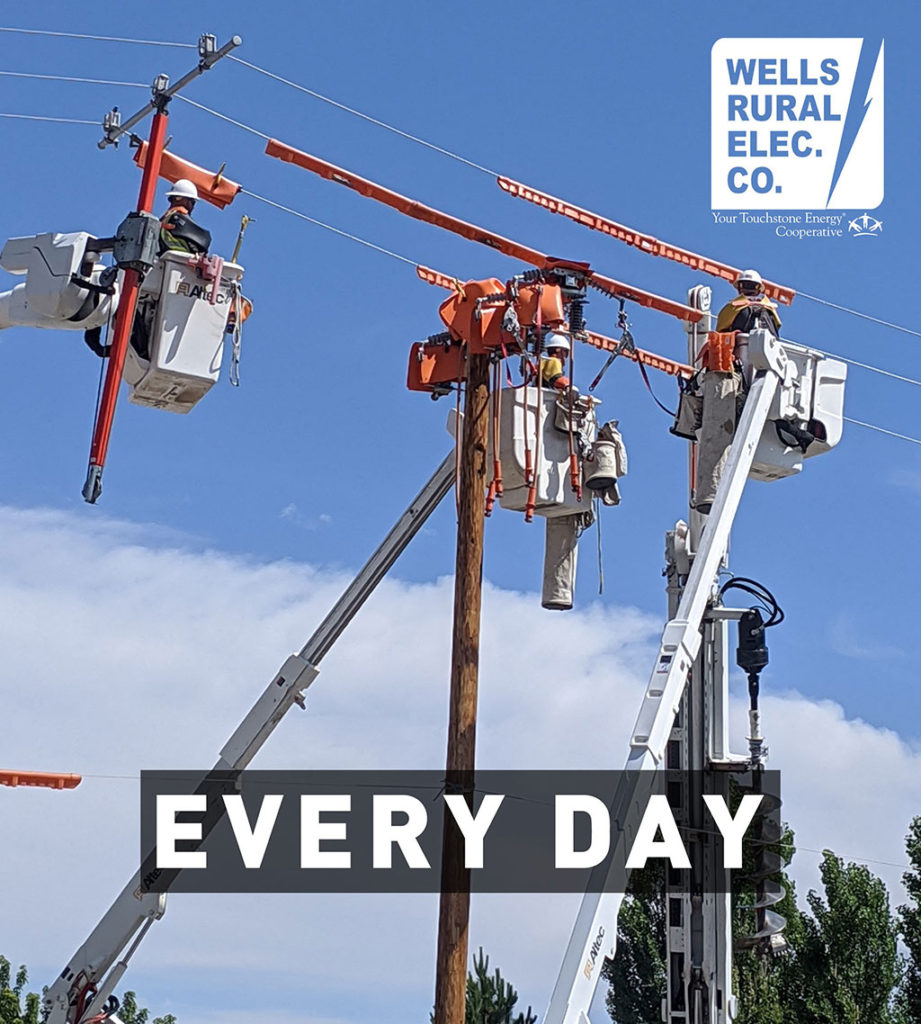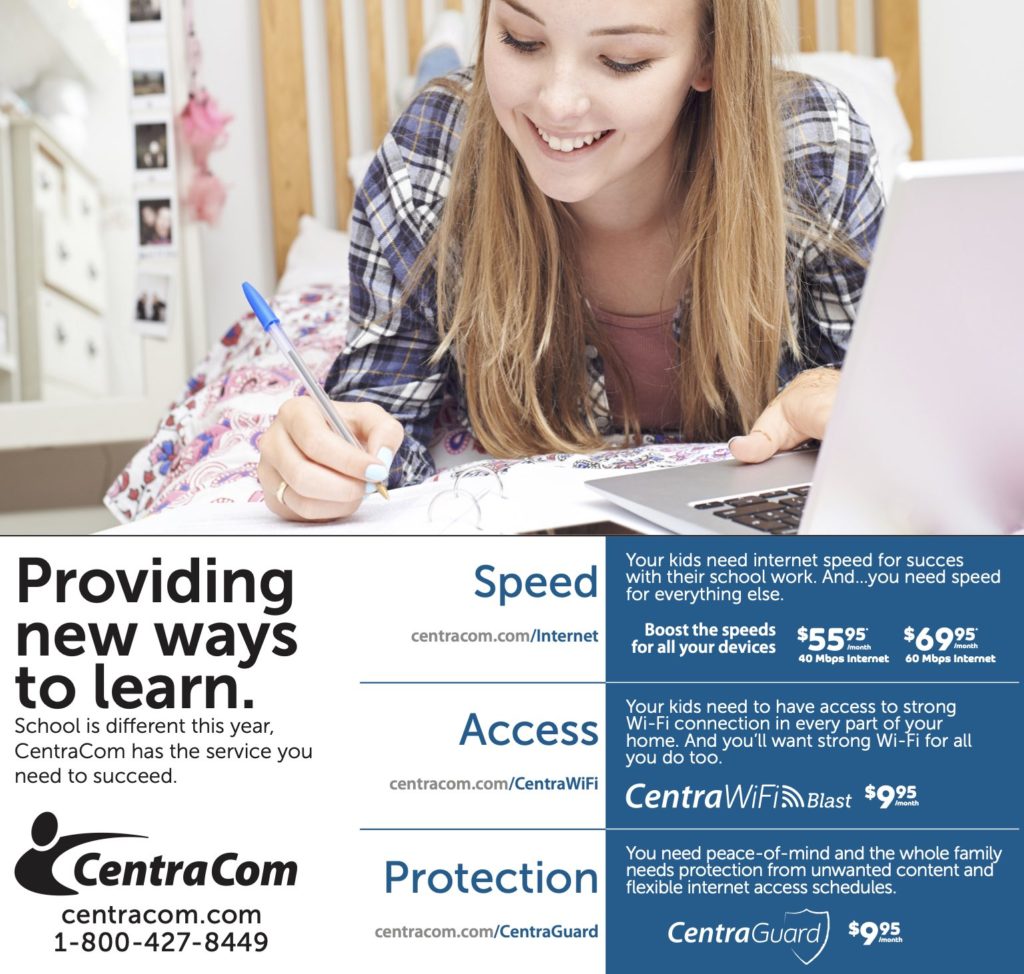Published in the High Desert Advocate Newspaper in September 25th, 2020 Edition
and Save Billions in Government Healthcare Costs
“The outbreak of the deadly coronavirus pandemic has made healthcare a ‘top of mind’ issue for most Americans, particularly among low-income citizens. “And, it has put a new focus on the 2020 Physician Pro Bono Care Act currently under consideration in Congress,” according to the Association of Mature American Citizens [AMAC].
The legislation was designed to increase both choice and access to quality healthcare for the Nation’s underprivileged. It would also save billions in government outlays for Medicaid and the Children’s Health Insurance Program [CHIP].
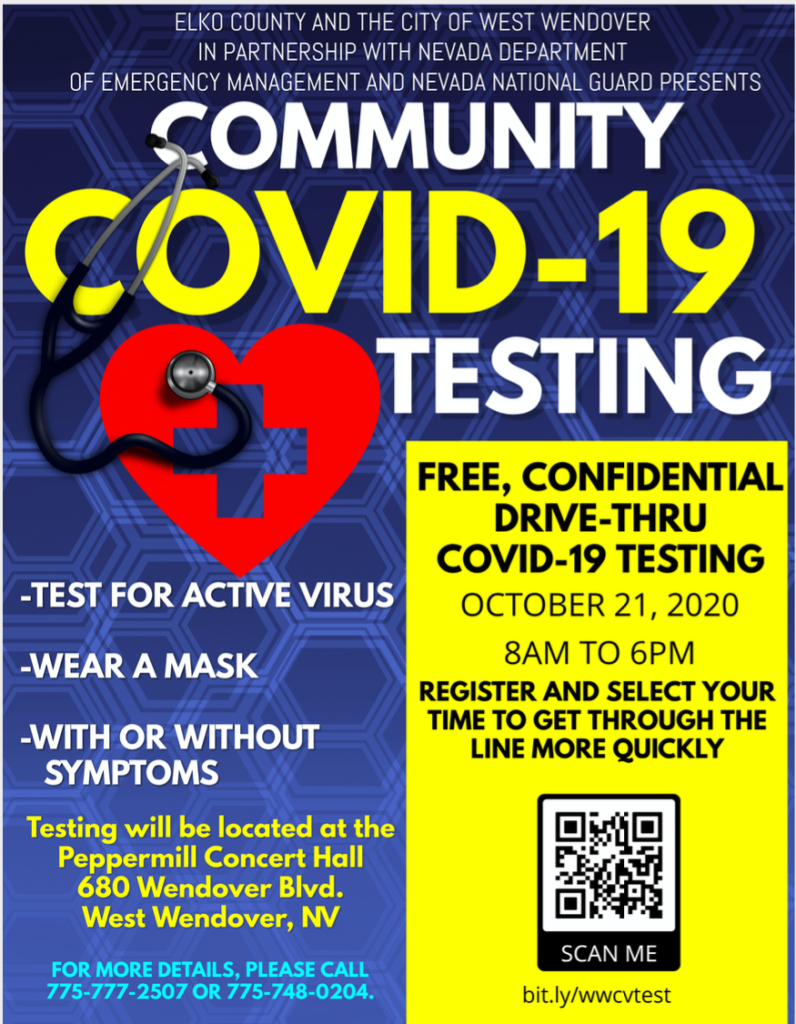
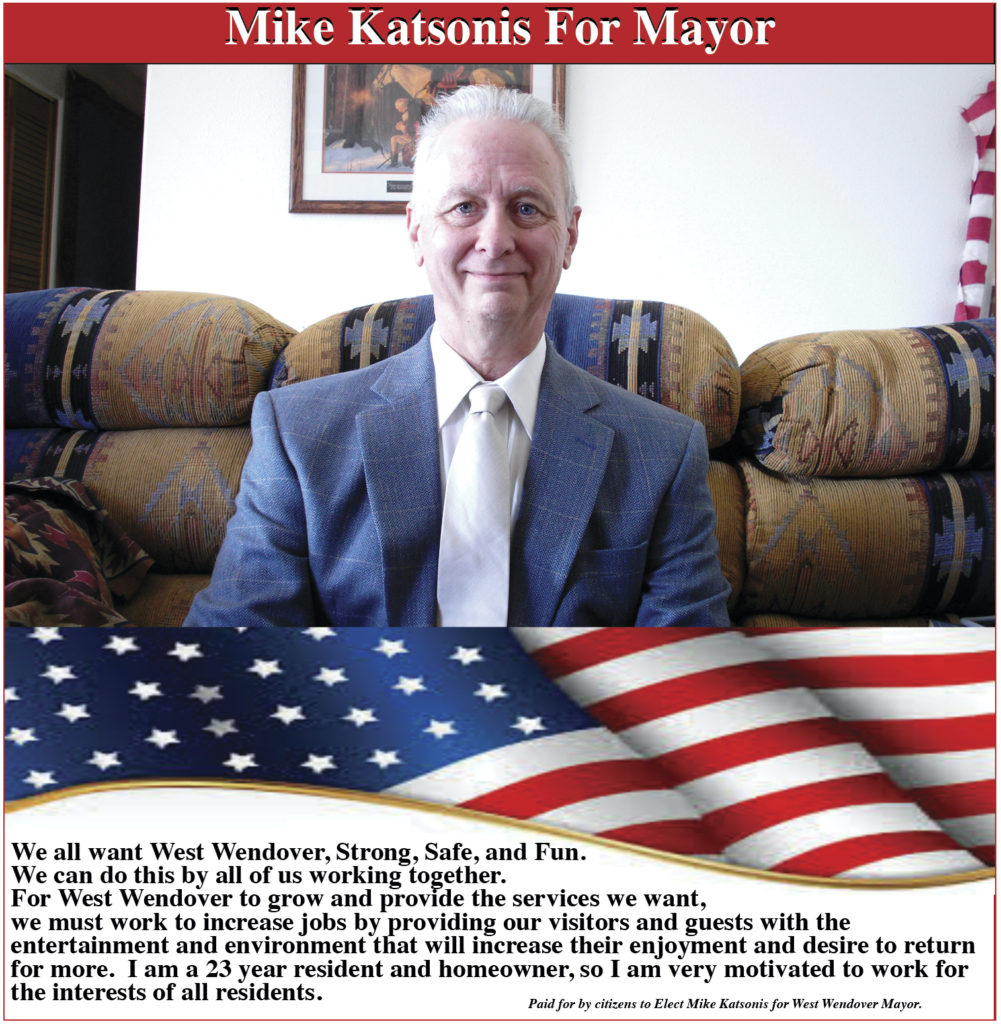
Bob Carlstrom, president of AMAC Action, the association’s advocacy affiliate, says he is encouraged by the bi-partisan support the measure has attracted among lawmakers. “The measure was introduced in the House of Representatives by Rep. Dan Webster (R-FL) and Colin Peterson (D-MN) and has garnered a growing list of co-sponsors on both sides of the aisle, perhaps because of its simplicity,” he noted.
It would allow physicians, dentists, and other healthcare providers to take a straightforward charitable tax deduction for providing pro-bono healthcare to Medicaid and Children’s Health Insurance Program (CHIP) patients. By moving low-income patients from emergency rooms to offices and clinics, this legislation could save billions in government healthcare costs.
As Congressman Webster put it when the bill was introduced: “This bill removes government bureaucracy and red-tape that obstructs the patient-doctor relationship, and it expands access to doctors for some of the more vulnerable in our society.” Representative Peterson called it an “important reform.”
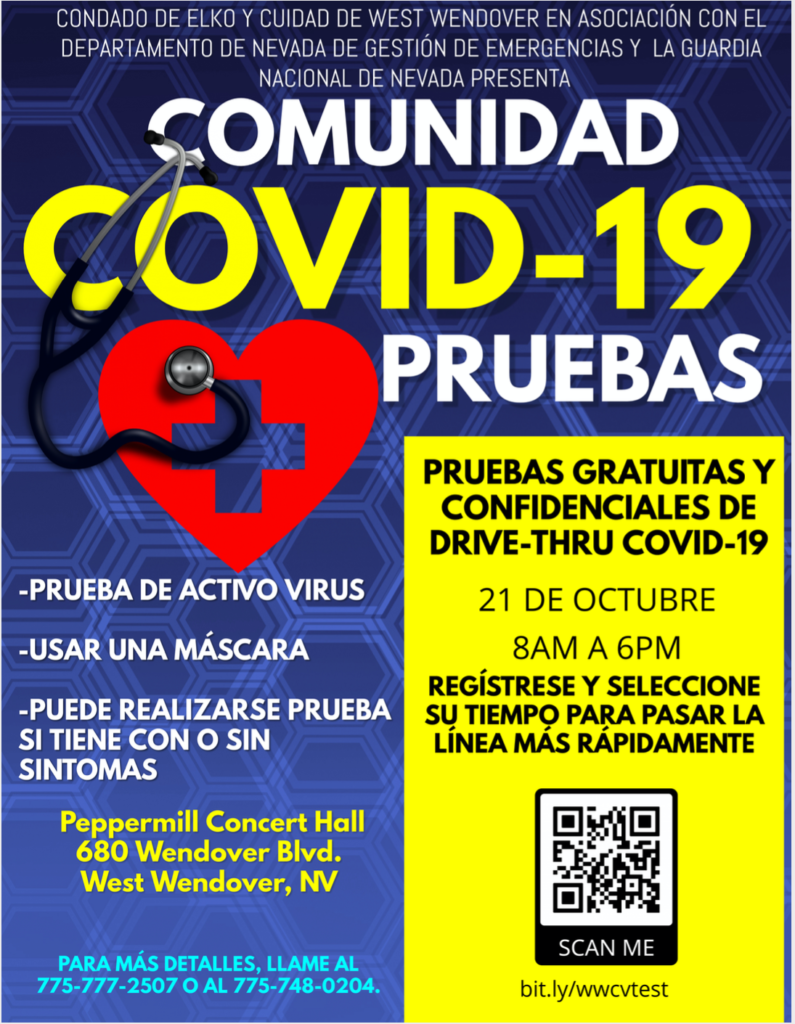
By providing physicians with a charitable deduction for treating Medicaid and CHIP eligible patients in their communities, this legislation will provide low-income families and individuals greater access to healthcare. Additionally, this concept avoids the administratively burdensome and costly reimbursement processes of both Medicaid and CHIP, if a physician chooses to use it.
As for its appeal among the healthcare community, Carlstrom explained that a survey conducted by AMAC showed that members of associations representing 350,000 doctors and nurse practitioners would be willing to participate in such a plan. It means that, if each of them took on 20 eligible patients, seven million needy patients who would be covered.
“The net benefits would be that the low-income population, including many senior citizens, would have free access to quality healthcare from doctors they choose and the nation, as a whole, would save money. In fact, it is estimated that the government could save as much as $40.0 billion a year, and maybe more, in Medicaid payments and costly emergency room visits, the ‘go-to’ alternative for people who can’t afford to pay medical fees,” says Carlstrom.
